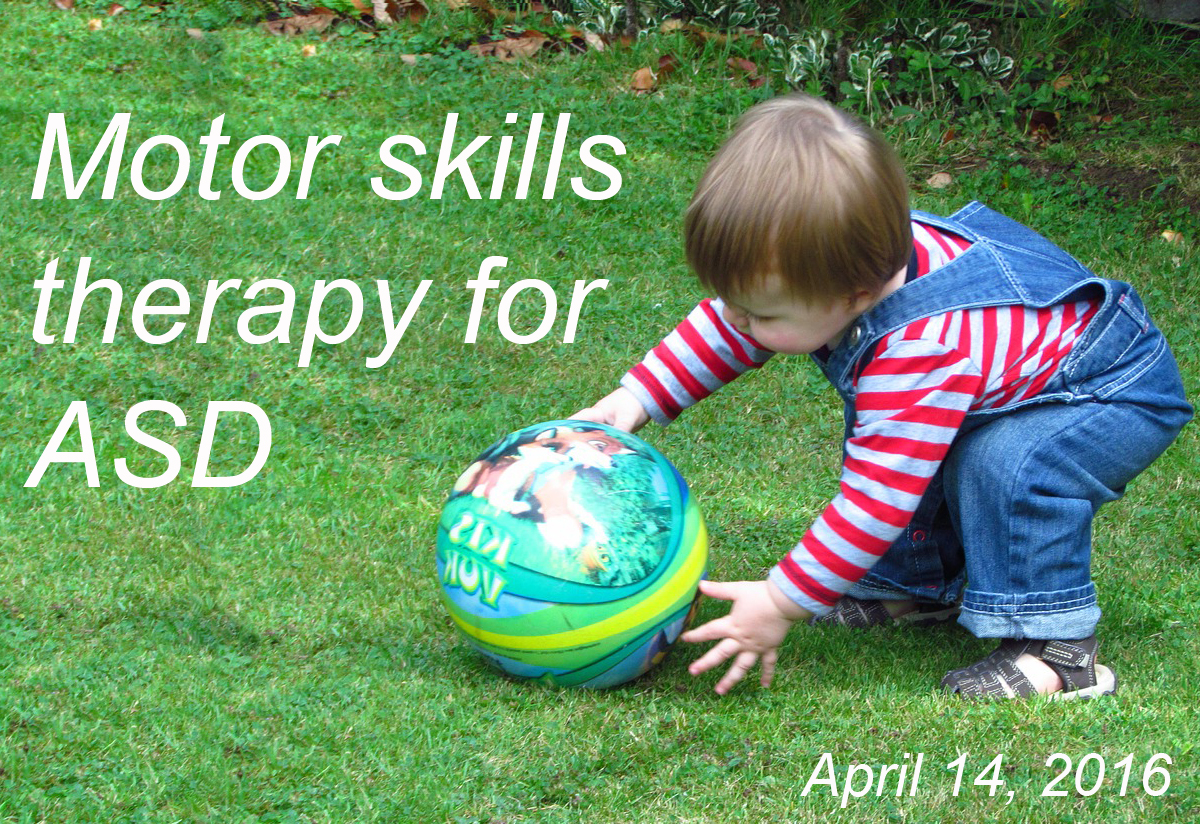Check out other stories from the Latest News
Robots and Rhythm May Help Motor Difficulties in Autism
By Shana R. Spindler, PhD on April 14, 2016

Background: Over 50 percent of children with autism have problems with gross and fine motor activities. Motor skills are often associated with playing sports or learning how to write, but they’re also important for imitation and synchronized movements. This social aspect of motor development is an important focus for autism research.
What’s new: On December 17, 2015, the journal Autism Research and Treatment published a study comparing motor performance following several therapies for autism. The researchers divided 36 children with Autism Spectrum Disorder into three groups—rhythm, robotic, and standard-of-care.
Each group received training for eight weeks, consisting of four sessions per week. The rhythm and robotic groups participated in social, whole-body movement games. In contrast, the standard-of-care group focused on tabletop activities that promoted fine motor skills, social communication, and academics.
The researchers found that children in the rhythm and robotic groups showed greater improvement on body coordination and movement synchrony, while the standard-of-care group improved their fine motor control.
Why it’s important: This is the first study to look at the effects of robotic and rhythm training compared to standard-of-care activities on social aspects of motor development using rigorous scientific methods. The results suggest that a combination of therapy is important for improving the range of motor skills needed for full functioning.
Help me understand :
| Source(s) : |
| Tweet |

